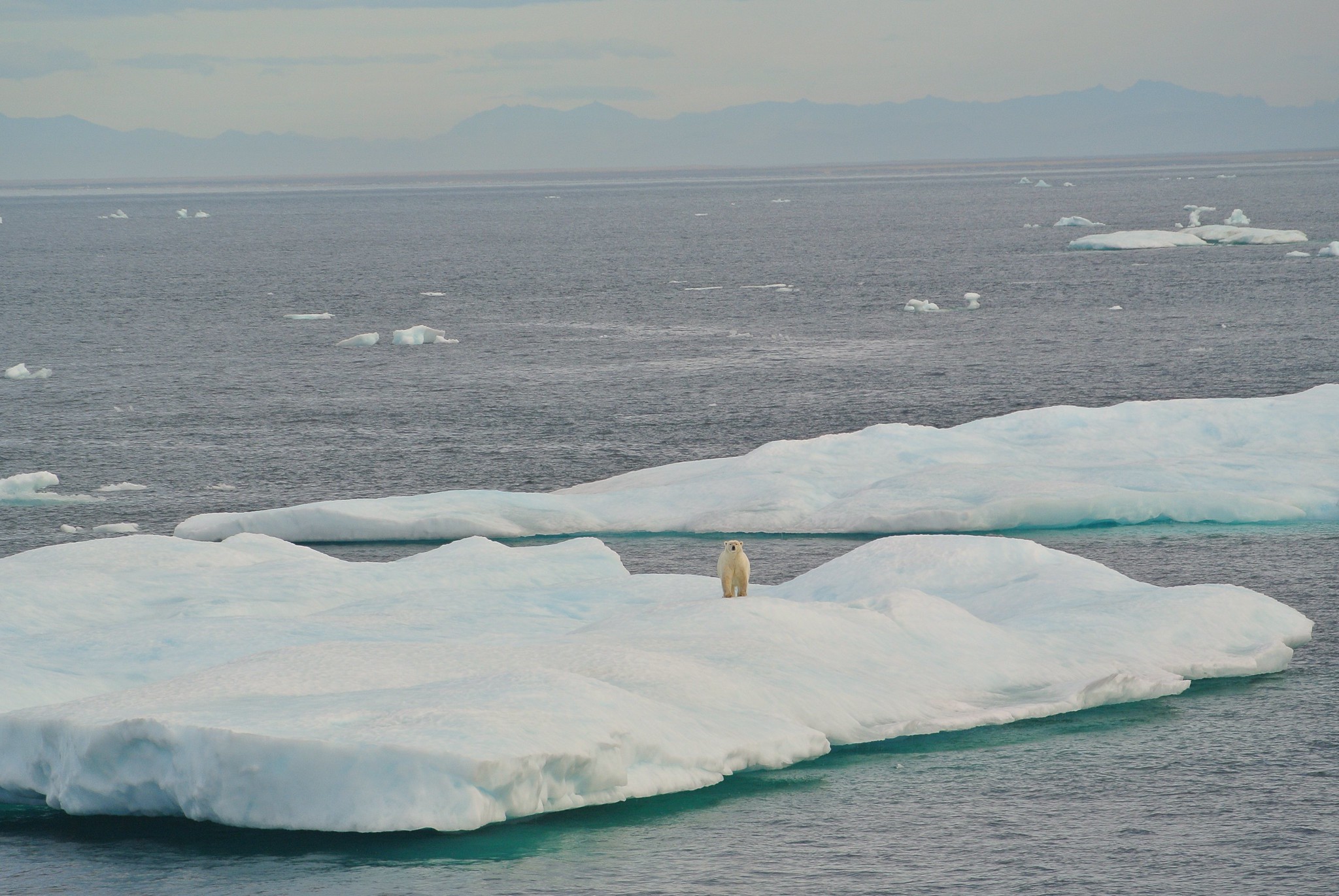In court and out, the Trump administration continues its push for offshore Arctic oil development
The administration will appeal a court ruling blocking leases in most of Alaska's Arctic waters.

The Trump administration has taken steps on two fronts to advance oil development in Arctic waters off Alaska.
In U.S. District Court in Anchorage on Tuesday, President Trump, Secretary of the Interior David Bernhardt and Secretary of Commerce Wilbur Ross filed notice that they are appealing the March 29 ruling that threw out Trump’s executive action reopening closed Arctic and Atlantic waters to oil leasing.
In that ruling, U.S. District Court Judge Sharon Gleason said Trump violated the law with a 2017 executive order that reversed President Obama’s actions withdrawing most U.S. Arctic waters and portions of the Atlantic Ocean from the federal offshore oil and gas leasing program. Presidents have the right under the Outer Continental Shelf Lands Act to withdraw areas from leasing, but adding areas to the leasing program requires Congressional action, Gleason said in her ruling.
The ruling erected a new hurdle to a planned 2019 Beaufort Sea lease sale and threw the Trump administration’s entire five-year leasing plan into question.
Alaska Gov. Mike Dunleavy was among the oil-industry supporters who objected to the ruling.
“Alaska’s potential offshore oil and gas deposits, if given the opportunity to be safely and responsibly developed, can create jobs, revenue and economic opportunity for decades. One president should not have the power to lock up Alaska’s resources in perpetuity,” he said in a statement released April 1, the day Gleason’s ruling was entered into judgment.
Also Tuesday, the administration released its proposed permit allowing Hilcorp Energy Co.’s Alaska unit to disturb whales and seals during the construction and operation of the company’s planned offshore Liberty field in the Beaufort Sea. The proposed incidental-take authorization is from the National Oceanic and Atmospheric Administration’s National Marine Fisheries Service. It is proposed to go into effect in 2020 and be valid for five years. It was scheduled to be published Tuesday in the Federal Register.
Liberty is a field about 20 miles east of Prudhoe Bay and about five miles offshore. If developed, it would be the first producing oil field located entirely in federal waters off Alaska. Hilcorp’s development plan, approved in October by the U.S. Bureau of Ocean Energy Management, calls for an artificial island to be constructed to hold Liberty’s drill sites.
The NMFS-managed marine mammals most likely to be affected by Liberty’s construction and operations would be bowhead, gray and beluga whales and ringed, spotted and bearded seals, according to the document. Hilcorp’s activities, to include pile driving, ice-road construction , industrial travel and drilling, have the potential to harass marine mammals, and even cause permanent hearing damage, the document said. “There is also potential for ice seals, specifically ringed seals, to be killed in the event a lair is crushed during ice road construction and maintenance in undisturbed areas after March 1, annually,” the document said. However, the risks from Liberty development are relatively low, the NMFS analysis said.
One environmental activist disagreed with that assessment.
“Endangered Arctic seals and whales would get hammered for five years by Hilcorp’s offshore drilling construction project. We need to protect the Beaufort Sea, not industrialize and pollute it,” Miyoko Sakashita, ocean program director with the Center for Biological Diversity, said in a statement.
Hilcorp needs other permits to proceed with Liberty construction, including an authorization from the U.S. Fish and Wildlife Service to disturb polar bears.